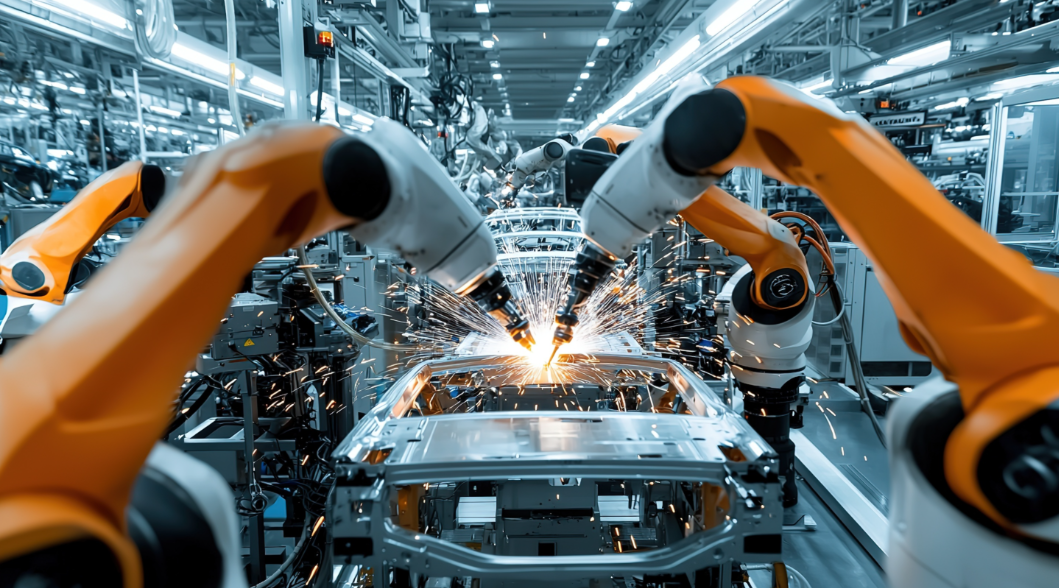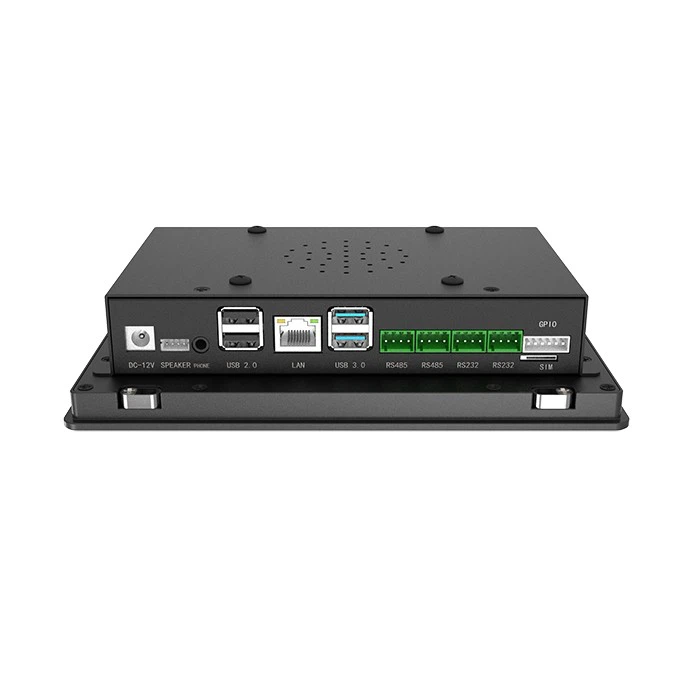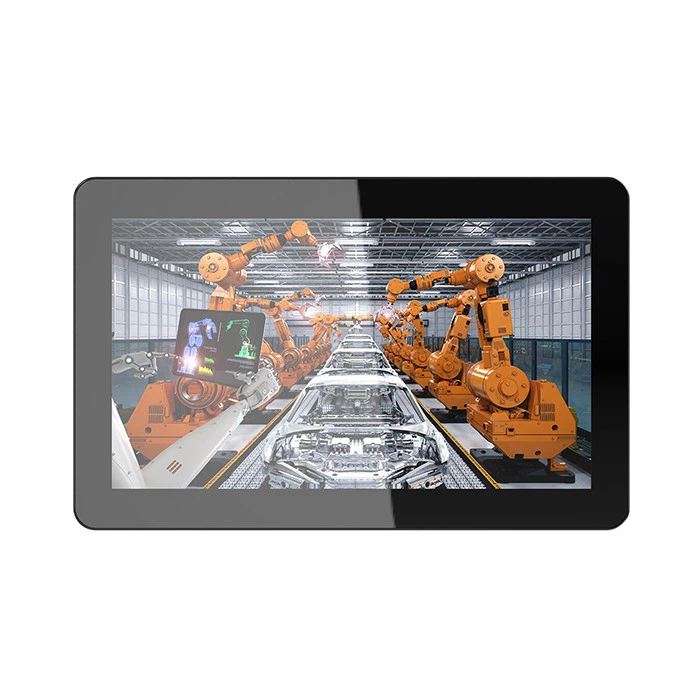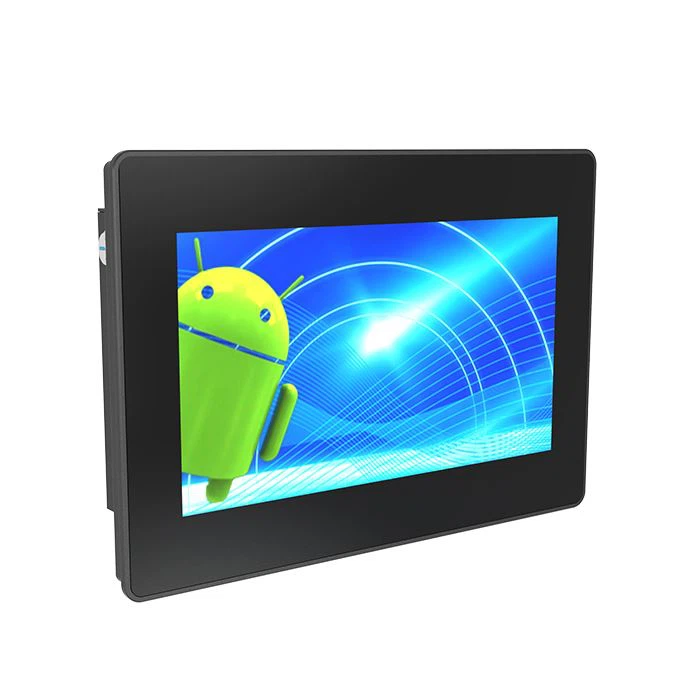Industrial robots open a new chapter of “intelligent manufacturing”
Industry Trends, News 2022-06-14
Lu Jia, a reporter from the Chao News Client
At the beginning of 2023, the Ministry of Industry and Information Technology issued the “Implementation Plan for the ‘Robot +’ Application Action”, which clearly stated that in the manufacturing sector, “we will promote the construction of intelligent manufacturing demonstration factories and create typical application scenarios for industrial robots.” Develop intelligent manufacturing systems based on industrial robots to facilitate the digital transformation and intelligent change of the manufacturing industry.
The key infrastructure from “manufacturing” to “intelligent manufacturing”
Against the backdrop of the new round of technological revolution and industrial transformation, major economies around the world are actively engaging in fierce competition around intelligent manufacturing mainly based on industrial robots. As a key infrastructure for building a transition from “manufacturing” to “intelligent manufacturing”, industrial robots are playing an increasingly important role.
Industrial robots are multi-joint mechanical hands or multi-degree-of-freedom machine devices widely used in industrial fields. They have a certain degree of autonomy and can rely on their own power sources and control capabilities to perform various industrial processing and manufacturing functions. Industrial robots are widely used in various industrial fields such as electronics, logistics, and chemical engineering. Generally speaking, an industrial robot consists of three major parts and six subsystems. The three major parts are the mechanical part, the sensing part and the control part. The six subsystems can be classified into the mechanical structure system, the drive system, the perception system, the robot-environment interaction system, the human-machine interaction system and the control system.
With the continuous development of robot technology, the intelligent manufacturing model characterized by digitalization, networking and intelligence is becoming an important direction for industrial development and transformation. Compared with traditional industrial equipment, industrial robots have numerous advantages. For instance, they are easy to use, highly intelligent, have high production efficiency and safety, are easy to manage and have significant economic benefits, which enables them to operate in high-risk environments. The development of industrial robots not only enhances the quality and quantity of products, but also holds significant importance for ensuring personal safety, improving the working environment, reducing labor intensity, increasing labor productivity, saving material consumption and lowering production costs.



